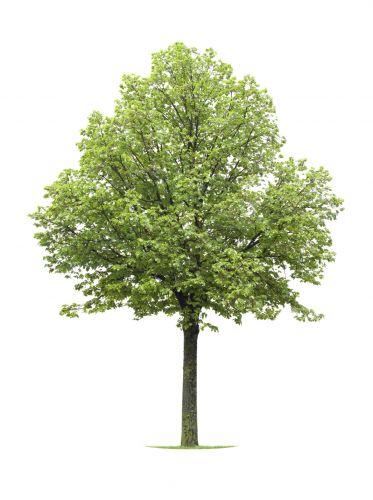No-nonsense Tips for Buying Fruit Trees
There are so many fruit varieties, but how do you pick one when buying a tree? Will rootstock matter? If you pick your trees right, they will be easier to grow and you will have a better harvest - at your preferred times.
Begin with verities that fit your area. Also consider varieties based on their resistance to pest and disease. You can learn more about this at http://www.ehow.com/facts_4968462_list-types-fruit-trees.html. Sometimes, it's safest to go with lesser-known varieties.
If you live in a spring-frost or warm-winter climate, know more about the requirements for fruit tree chilling. Ask agricultural experts for recommendations on what fruits to grow. Attend a seminar on growing fruit trees and meet like-minded people. Travel if you must to look for a good fruit tree nursery. Also visit farmers markets and fruit stands and ask for suggestions.
When would you want the fruits to ripen? Are you planning on successive ripening (variety after variety)? June until September? May right through October? Do you want multiple kinds ripening simultaneously at a certain time? You should check the chart of fruit and nut harvest dates. Remember though that depending on local climate and site conditions, especially sun exposure, the exact dates may vary.
One of the best reasons for home growing is to make sure that you enjoy the best fruits that may be unavailable elsewhere - supply of delicious, tree-ripened kinds lasting throughout the season. If you have fruit-loving friends, throw fruit parties any time!With friends who are fruit lovers themselves, you can host fruit parties anytime!
Rootstock is the most crucial part of a fruit tree in a lot of planting locations. When a tree's rootstock is not appropriate for the conditions you want it to grow in, nothing else counts - a sensational variety or a "semi-dwarf" rootstock becomes futile if the tree dies. That is why when you opt for houston tree sales, try to do research first.
Choosing fruit tree rootstocks, your three most important considerations must be soil adaptation, anchorage, and disease resistance. Other factors which can help but not in a critical way are precocity (bearing at a young age), enhanced productivity, and dwarfing effect.
You shouldn't choose rootstocks mainly because of their dwarfing effect. You can't control a "semi-dwarf" tree's size enough anyway. If it reaches a height of 12 to 15 feet, most home fruit growers still find that too big. Trees should be below eight feet tall for most people to be able to do thinning, pruning, and picking while standing on the ground or on a low-set stool. This doesn't happen when you dwarf rootstocks - except in rare cases- but you can do it by summer pruning. The main reason behind the loss of fruit trees is soil that is water-saturated. To solve this problem, wet soil-tolerant rootstocks should be planted and there must be good drainage with no overwatering. If ever you want to learn more about commercial tree sales¸ you can go to the link for details about it.
